Air pollution in China: Poor people likely to be worst off

Photographs of a smoggy Beijing and the face-mask wearing inhabitants of the big cities in China have become a common sight. But many may be surprised to hear that the problem of air pollution might be just as bad in rural areas.
According to some studies, around 600 million people use wood and coal in simple stoves for cooking in China. Hansen says,
– The dangers of household pollution from this wood and coal burning are poorly communicated across research fields.
She finds that few people are aware of the significant health impact that is the result of such pollution.
Rural citizens may protest against air pollution from local industry, such as coal mining, but they express no concern about household-produced air pollution from burning wood or coal for cooking and heating, despite its enormous health risk.
Hansen—who has invited Chinese, American, and Norwegian colleagues to CAS to work on the project Airborne: Pollution, Climate Change, and Sustainability in China—asks,
– How come the atmospheric chemists are very aware of this danger, but not the people?
Hansen and her project colleagues in Oslo bring good news and bad:
– The good news is that national policies to combat air pollution are slowly starting to work. The bad news is that pollution will have long-term effects on climate and health, and enforces social inequalities.
Read also: Clear skies over China– The magic of science
Heavy pollution from cooking and heating in the home
We meet in Hansen’s office on the ground floor of CAS in Oslo where the research group is gathered for one year. The Mandarin-speaking scholar is usually based at the Department of Culture Studies and Oriental Languages at the University of Oslo.
– For us, it is important to organise data collection and analysis in teams made up of scholars from different academic disciplines and research traditions, Hansen says, who leads this project that is explored by political scientists, anthropologists, media scholars, sinologists, and chemists.
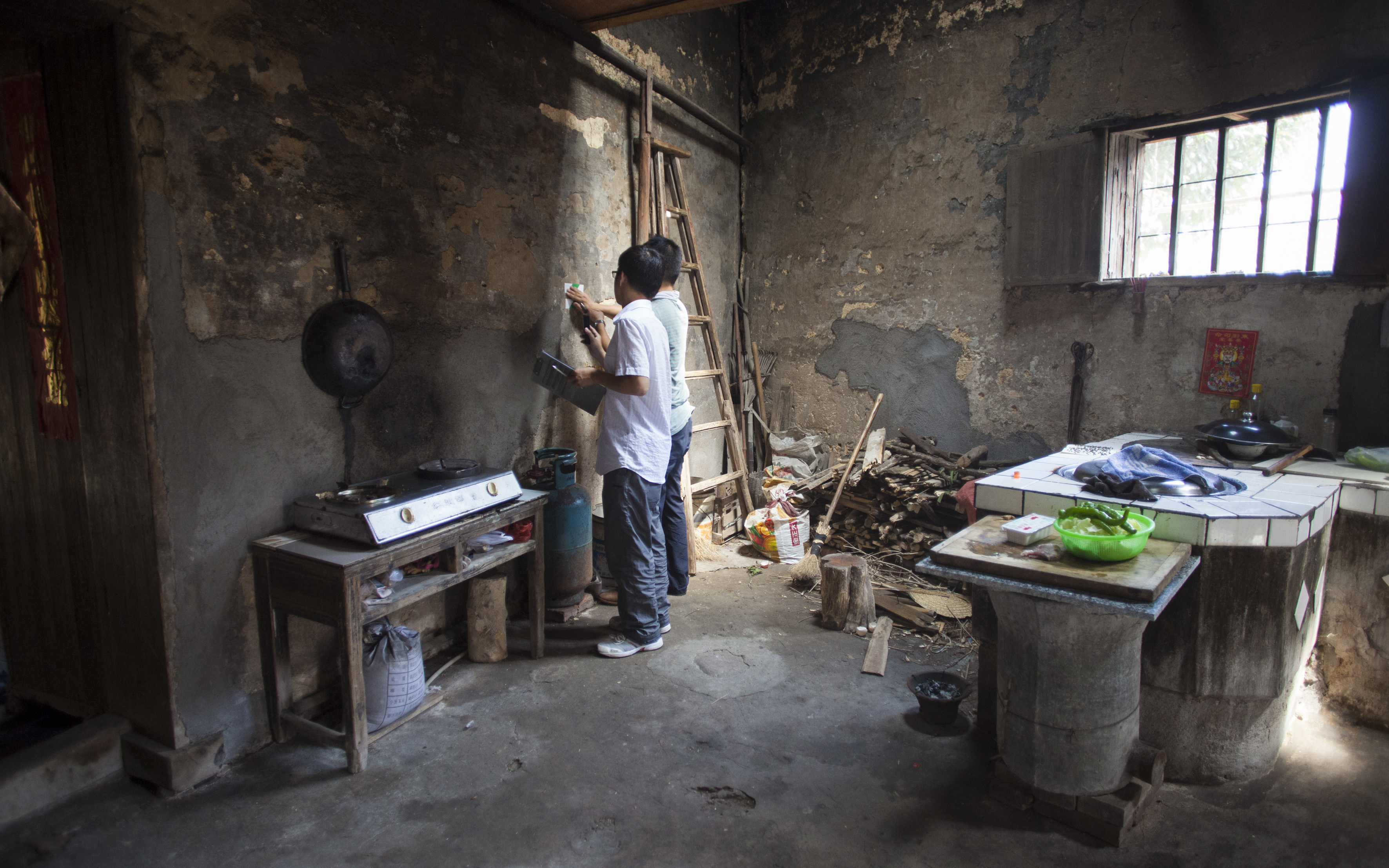
The group explores what kind of air pollution people in rural and urban areas of China are exposed to, and how they perceive the threats of air pollution; they analyse how scientists, media, policy makers, and the population interact when trying to deal with this.
PM2.5 particles are so small that they are especially harmful to people’s health. They may, for instance, cause serious cardiovascular and respiratory diseases. Together with CAS fellows Professor Kristin Aunan, Professor Zhaohui Liu, and Professor Shuxiao Wang, Hansen cites research suggesting that about 1.5 million premature deaths in China in 2015 were attributable to PM2.5 exposure. Around sixty per cent of these were a result of outdoor PM2.5 pollution, and about forty per cent resulted from pollution from households.
The health problem in poorer rural areas is probably as significant as it is in the polluted Chinese cities. One reason is that rural people in the poorest areas spend many hours indoors, which means they are exposed to particles from cooking and heating with solid fuels. In many rural areas this household produced air pollution comes in addition to pollution from industry
Burning solid fuels in simple household stoves is especially polluting because it produces a small amount of heat per kilogram of fuel used: instead of producing heat, some of the fuel is converted to carbon monoxide and airborne particles containing a range of toxic organic components.
However, this problem is rarely discussed in the media or in policy documents, nor is this form of pollution monitored as it is in urban areas. As Hansen observes,
– In the areas of China we study, people are aware of the problems relating to air pollution from factories and vehicles, and there is a lot of media attention on this. However, there is little knowledge of, or discussion about, air pollution in rural areas.
Hansen hopes their CAS project can help trigger debate about the importance of air pollution in rural areas and among poorer population groups:
– In addition to our academic publications, we are now working on a book in Chinese for a broader audience of journalists, local policy makers, and other people interested in air pollution in China. In terms of impact, this book will probably be one of the most important ones that we write.
The deadly price of industrialisation
The problem of climate change and air pollution is one of the biggest our world and planet is facing, Hansen says. Cardiovascular and respiratory diseases, diabetes, neurodevelopment, and cognitive impairment are some of the conditions linked to air pollution. On average, each day, about four thousand people die of air pollution related diseases in China.
– This project springs from a huge concern with how the environment has deteriorated in China and in the world.
Hansen explains that the group is not only concerned with air pollution’s impact on health, but also its impact on greenhouse gas emissions and climate change:
– The climate effects of CO2 emissions are largely irreversible, and forty per cent of these come from China and the US. Many of the products we buy in Norway are produced in China and contribute to this.
How did China come to this?
– Just like any other developing country, including our own. Since the industrial revolution in Europe we have seen an unprecedented rapid increase in emissions of pollutants and greenhouse gasses. In China we have seen the same, starting especially in the 1950s but accelerating with the economic development since the early 1980s.
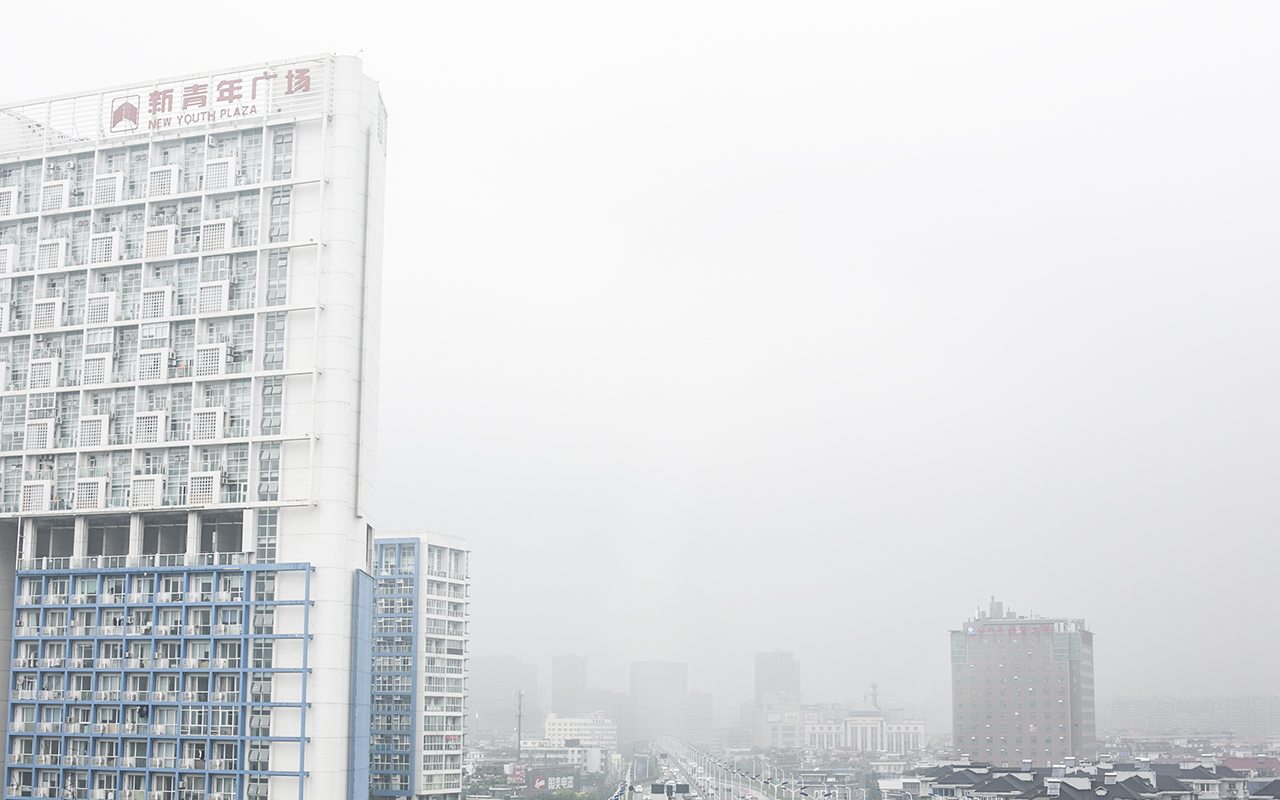
In the 1980s, China opened the country for global trade and introduced a range of economic reforms. Something like 250 million people were brought out of poverty over a short period of time.
This policy has been embraced by the Chinese population and the rest of the world. At the same time, the Chinese people are now paying a high price for such rapid industrialisation in the form of a gradually deteriorating natural environment. In many areas of China people live with poor water and air quality, as well as polluted soil. Hansen observes,
– All of this has an immense impact on people’s health and well-being; these are long-term problems with no hope for a quick fix.
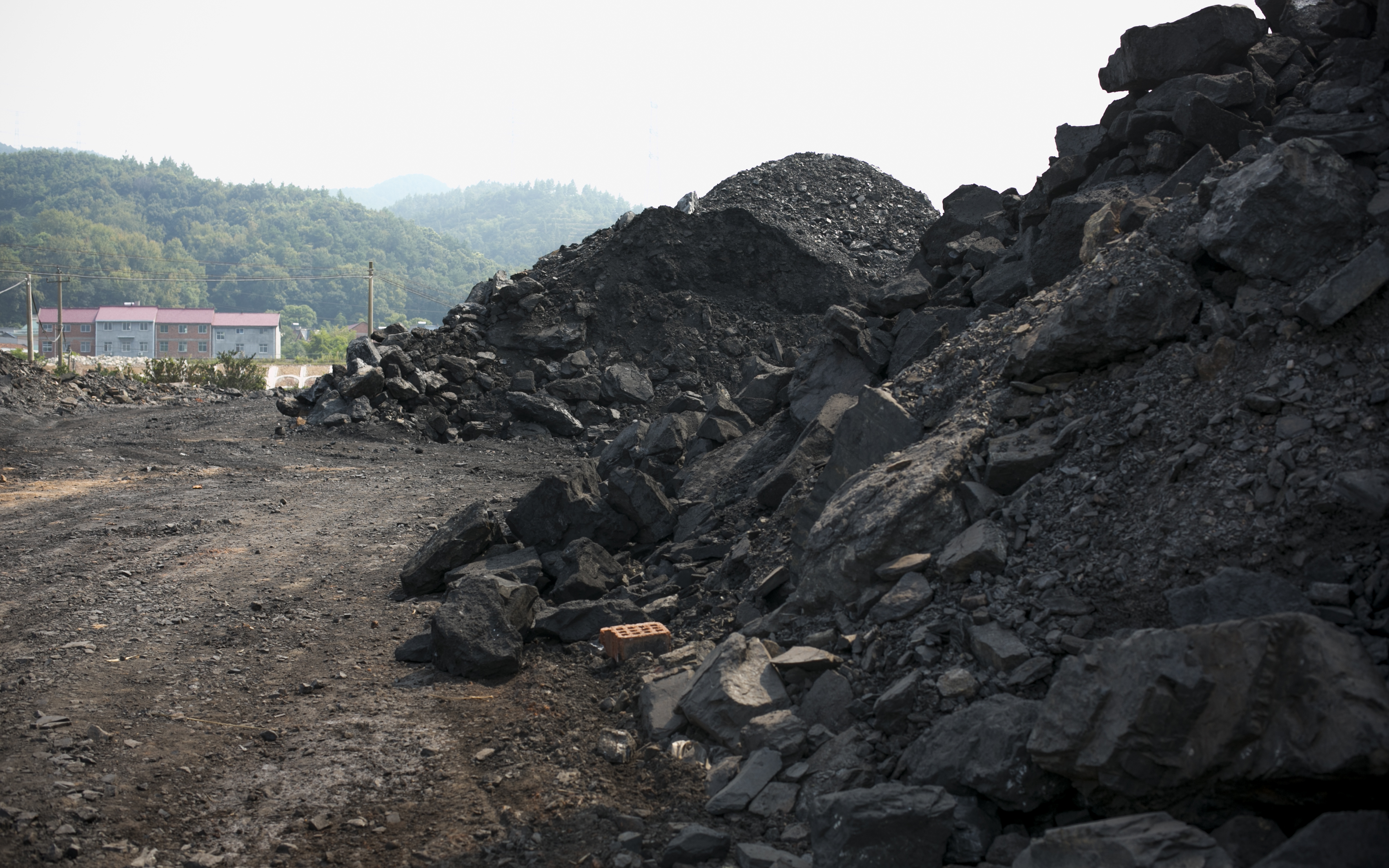
However, the Chinese government is now trying to do something to address these problems. In January 2017, they presented a plan to invest over 300 billion dollars in renewable power generation by 2020, at the same time creating around 13 million jobs. However, this only accounts for fifteen per cent of overall energy consumption. China still generates more than sixty per cent of its electricity from coal, enabled by its vast coal reserve, which in turn has made it possible to start factories all over China.
Production levels—and thus, many incomes—rely to a large extent on coal. According to Hansen, burning coal in industry and in private households, together with emissions from an ever-increasing number of vehicles, accounts for the significant air pollution in China.
The result is the recurrent heavy smog all over northern China, but it often occurs in the south as well. Hansen notes,
– It is not as if you can just buy clean air—for most people, there is no way around it.
At the same time, air pollution, together with other forms of pollution, tends to enforce existing social inequalities, she says:
– It is easier to prevent or escape some of its effects if you are rich and educated.
The war against air pollution
What came first: government policies to combat air pollution or discontent among the people?
– It´s a dynamic … global criticism in the 1990s and early 2000s of the Chinese government for not paying enough attention to air pollution and climate change was legitimate, although the first law on how to control and prevent air pollution in China was actually ratified already in 1987.
But now the government has a much more developed and bold action plan to tackle air pollution and it has started to implement a range of important policies:
– Prime Minister Li Keqiang declared war against air pollution in 2015. This was clearly formulated as a response to people’s growing discontent.
Hansen has witnessed a remarkable change of awareness since she first started studying language in China in 1986:
– The collective experience of the risk of air pollution in recent years may even become a game changer. Now the government’s legitimacy is not only based on economic development and historic legacy, but also on its ability to tackle air, and possibly other forms of, pollution.
Read also: Fighting air pollution with apps
The scholars in the Airborne research project study how centrally decided air pollution policies are implemented in one local area in South China, how people in cities and villages react and respond to air pollution, and investigate the air quality in one rural area a few hours’ drive from the city of Hangzhou. During our interview, Hansen provides a simple outline of their task:
We try to bring together these different perspectives on air pollution in China. It is an experiment, but we think some new understandings and ideas will come out of such multidisciplinary cooperation.

For instance, the group wants to generate a better understanding of why China has finally started to prioritise environmental protection as part of their economic development policy, and the consequences for Chinese society. The project members suspect that recent experience of heavy air pollution is playing an important role in this change, and that it has triggered new interactions among government, scientists, the media, and the population. Hansen says,
– We also hope that this deeper understanding will at least contribute a little bit to solving the problem.
It is winter 2013. Northern China is covered in heavy smog. Some days, pollution levels are thirty times higher than World Health Organization safe levels, prompting social media users to apply terms such as ‘Airmageddon’ and ‘Airpocolypse’. Flights are cancelled and roads are closed. Hansen observes,
– We can see that the media is much more concerned with air pollution than it has ever been in the history of Chinese media. They are focusing on people’s health, life, and economic development.
Awareness: Environmental protection ranked as more important than economic development
The vast majority of the Chinese population knows that the current climate change is man-made, and they know that air pollution is mainly created by industry and vehicles. Many also believe that technology will solve the problem, Hansen explains. Cleaning the air has become big business and, according to China Electronic News (May 2015), more than 4.5 million air purifiers were sold in 2015, from among over four hundred brands available in China. Hansen assumes this figure will have risen by now.
Together with the increased media attention on air pollution, this indicates a considerable awareness among the urban middle class about the health risk posed by pollution, our CAS researchers argue.
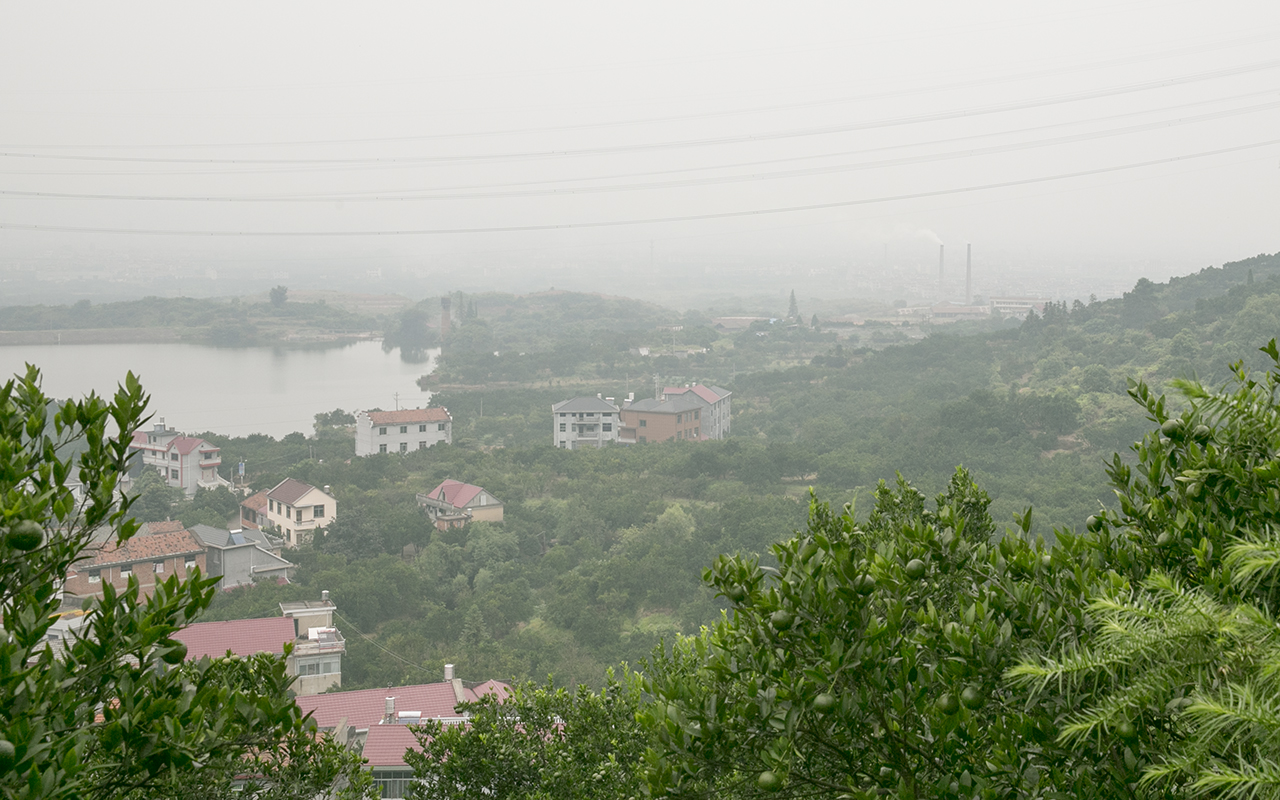
In their study, Hansen and Zhaohui Liu found that a clean environment is considered important by rural and urban residents, but while it is often assumed that poorer rural inhabitants find economic development more important than environmental protection, the majority of less wealthy peasants in the study surprisingly ranked environmental protection as more important than their own economic development. Interviews indicated that rural residents in the study were quite satisfied with their lives but deeply worried about environmental destruction, especially air pollution.
A study of local policy implementations of centrally decided policies is another of Airborne’s subprojects, Hansen explains, noting that many scholars have argued that local implementation of national policies is weak. However, the CAS group has found many successful attempts at implementation at the local level, and that the government is repeatedly experimenting with ways of achieving better outcomes.
For instance, as a response to national policies, the city of Hangzhou decided overnight to reduce the numbers of cars on the streets and to restrict permissions to buy a car. Local officials implemented this policy quickly, so that people would not rush to buy before the deadline.
Another implementation tool is that each year the Chinese government looks into the performance of local officials. Until recently, upholding China’s one-child policy and keeping social stability were two major themes for evaluation in addition to economic development. Members of the CAS-group, Professor Anna Ahlers and Postdoctoral fellow Yongdong Shen, however, have observed a new method of evaluating local officials:
– Whether they have managed to keep control of local pollution, and do it without instigating social disturbance.
The government must balance a reduction in emissions while preventing workers from losing their jobs and, at the same time, ensure economic development in the area. As Hansen notes,
– That is an extremely complicated task to put on local government.
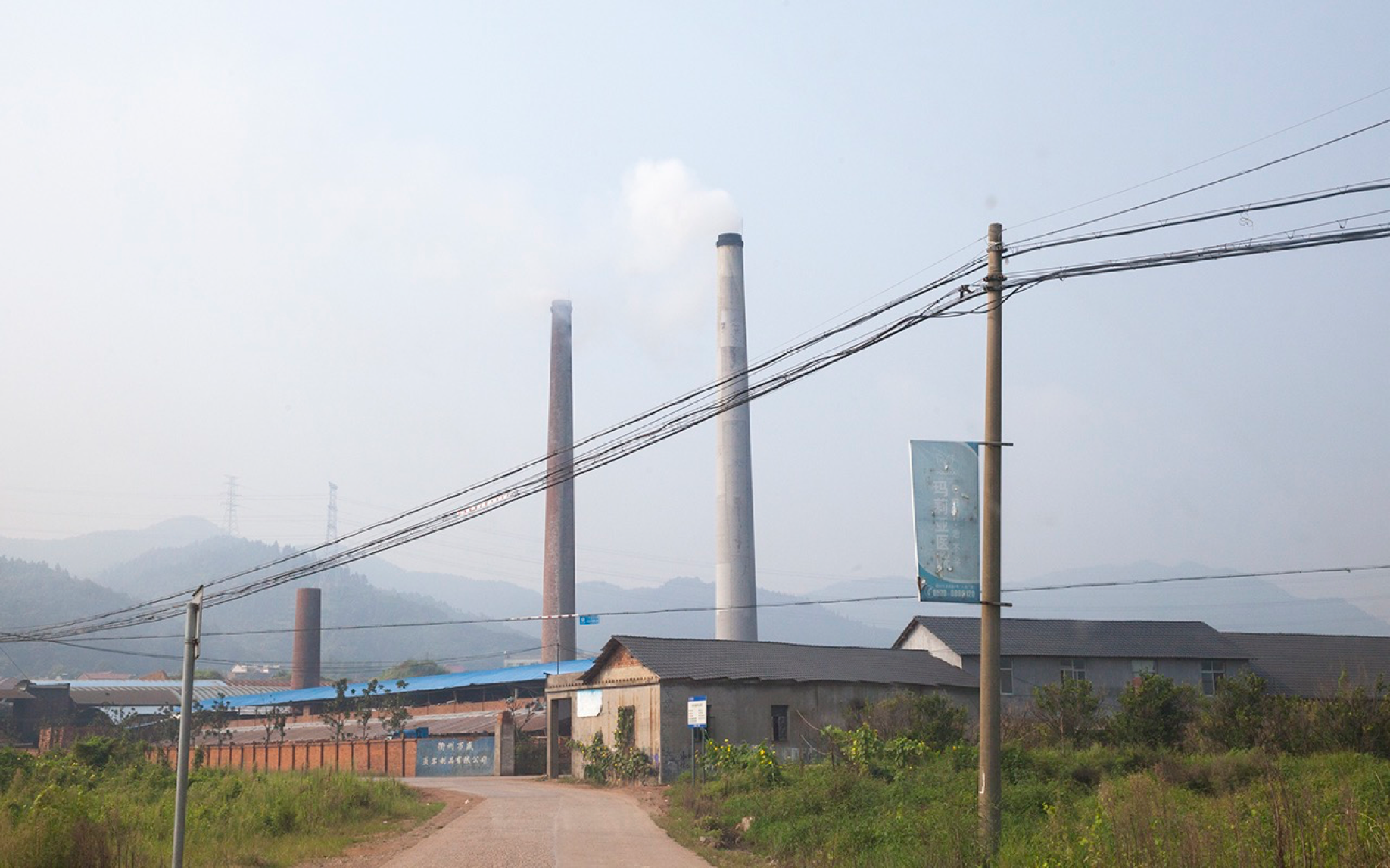
The government has set up around three hundred measuring stations in urban areas to register levels of air pollution on a daily basis. The data is published through apps and on the Internet. However, although many of the most polluting industries have moved to rural areas, and many people in rural areas still use wood and coal for cooking and heating, the government so far only monitors the cities. Fortunately, new pilot projects suggest that the government will expand its measurements to rural areas in the near future:
– The problem of air pollution in rural areas, where around fifty per cent of the Chinese population still live, may be much bigger than we are aware of, and that is something I hope our project can provide new insight into.
Hansen’s group project is an example of curiosity-driven research, which is also addressing a hot topic in today’s society. The members are regularly contacted by the media for comments on China-related issues:
– I think you can do curiosity-driven research and still be concerned with the pressing issues in the world today, such as climate change and pollution.
In closing, Hansen goes on to explain that although they will not come up with clear policy suggestions for the Chinese government, politicians will hopefully use their research when relevant. Some of the Chinese members of the research group are advisors to the Chinese government, and it is to be hoped that the Airborne research project will play a significant role through their contacts.
Karoline Kvellestad Isaksen